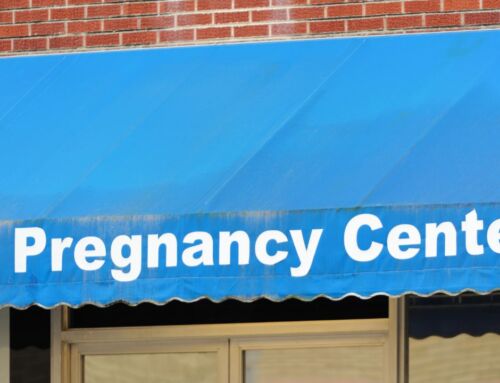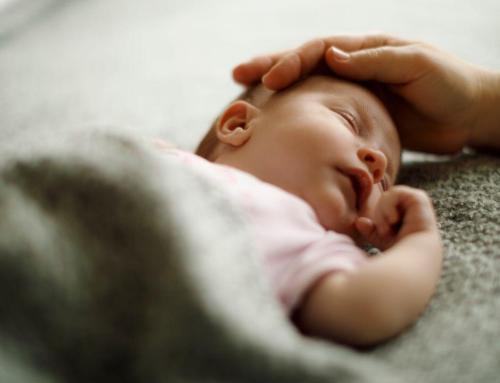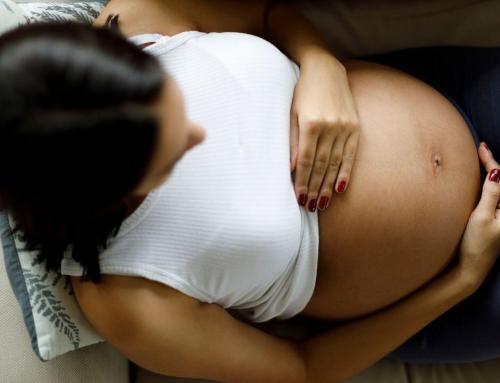A Three Part Series: Informed Decision Making, Adoption Education, and Grief Preparation
Part Two: Adoption Education
The world of adoption has come a long way since orphan trains and The Girls Who Went Away (to maternity homes to have their babies in secrecy, shrouded in shame). Oftentimes expectant parents come to us with these antiquated views of adoption. A great deal of the trepidation expectant parents experience comes from a preconceived idea that they have to give their baby to strangers and will never see their baby again. As an adoption counselor it is my job to educate these men and women about what a modern adoption can look like. Learning that the option of not only semi-open, but open adoption is available, is often a life-changing revelation for expectant parents considering adoption; one that floods them with feelings of relief.
Expectant parents planning an adoption have the right to be treated like any other mother and father. They have the same rights and should be in control of their adoption plan. Although it may be difficult to imagine, they are experiencing the same set of emotions as any other expectant parent, but often feel unworthy or unable to celebrate these emotions openly because of the situation surrounding the pregnancy. Some of the rights available to expectant parents that are overlooked and should be explained to them are their right to choose an adoptive family, make decisions regarding the birth plan, choose a name for the baby to go on the original birth certificate, breastfeed, decide to have a baby boy circumcised, and have the baby room-in with them during the hospital stay.
Open, closed, semi-open- these terms are typically unknown to people outside of the adoption world. Defining these terms and differentiating between the levels of openness available in adoption so the expectant parent can decide what is best for her is essential to any good adoption education. It is not uncommon for expectant parents to tell me they want a closed adoption in our initial phone call or visit but this is typically due to a lack of good information and/or a feeling or unworthiness to participate in ongoing contact with the child and adoptive family. Some expectant parents believe that if they continue to have contact with their child that it will confuse him or her. I assure them that with effective open adoption education for the birth and adoptive parents and ongoing support from professionals, this does not have to be the case. I counsel my expectant parents toward open adoption as we believe open adoption is what is best for the adopted child. Expectant parents should be made aware that birthmothers who have ongoing contact with their children report less grief, regret and worry, as well as more peace of mind, than do those who do not have contact (Cushman, Kalmuss & Namerow, 1997; Henney, Ayers-Lopez, McRoy & Grotevant, 2007). Adolescents with ongoing contact identify the following benefits: understanding why they were placed for adoption, being able to see other people that they look like, and the availability of information that aids in identity formation, positive feelings toward birth parents, and others. Once the expectant parent understands that maintaining contact with the adoptive family and child will help the child to develop a positive self image, they are able to make a choice based on facts. While no amount of education can take away the grief and loss a birth parent experiences, eliminating some of the secrecy in adoption can help empower the expectant parent and enable them to be more prepared for the grief experience.
Keep reading for Part 3 of our series when we discuss grief preparation as it relates to expectant parents.





